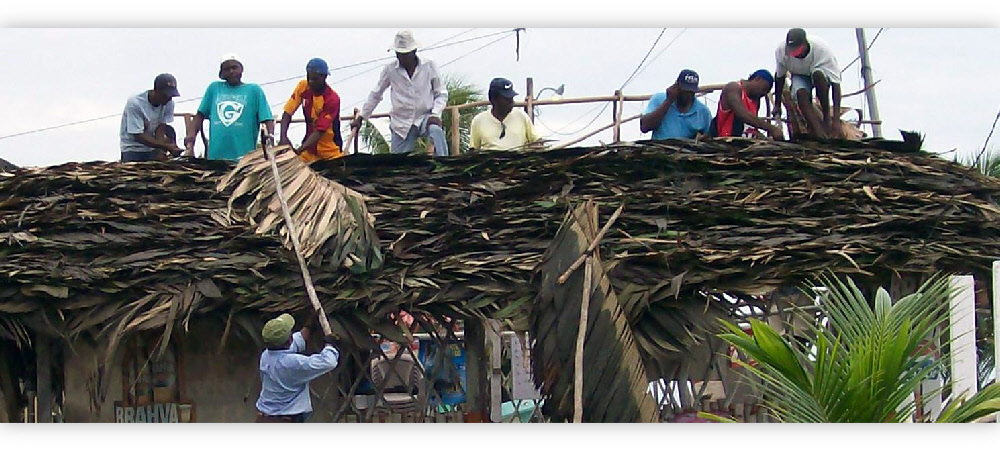


Replacing the manaka

One of the problems in understanding this stage of Garífuna language – the language of the native St. Vincentians before the Africans acquired the language – is the nomenclature used in the literature for the Arawaks and the Caribs.
The Arawaks were not the first tribe into the Caribbean, but they probably were the most populous, settling in almost every island by at least 1200AD. In time, the group had separated into distinct cultures; in the north the Arawak descendants were known as the Taino and in the South they were known as the Inyeri. Nevertheless, their language was mutually intelligible across the Antilles. This was noted by the earliest explorers to the area who wrote that from island to island, the Indians all seemed to speak the same language.
The Caribs are a different story. Christopher Columbus was warned by Taino Indians to stay away from the south islands, because ‘down there’ lived an evil and ferocious tribe called the canima or caniba who ate human flesh. Columbus didn’t speak Taino and he wrote down this word as best he could, writing ‘caribe’. In time, any Indian that was rebellious or prone to warfare was known as “Caribe” or “Carib” by all Europeans, whether or not he was a Carib. It wasn’t long before this word took on a negative connotation, meaning anthropophagous humans (cannibals) as well. No one thought to ask them what they called themselves…. until Father Raymond Breton arrived.
Father Breton, a friar in the Dominican order, landed on Guadeloupe in 1635 with three other friars with the idea of evangelizing the native peoples. Breton made frequent trips to Dominica where he spent a total of five years between 1641 and 1653. Breton and his friars were the only Europeans allowed on the island by the Indians at this time. He asked the “Carib” Indians what they called themselves and their response was that they referred to themselves as “Kalipona”. They added that their ancestors were the Galíbi people of South America, with whom they still maintained communication and commerce. (As will be shown in Early Garífuna, the word ‘Garífuna’ was born as a result of the African pronunciation of the word Kalipona.)
To avoid confusion and to strengthen the fact that this ethnic group was not Carib, this web site refers to this group as Kalípona. The Kaliponas are indeed a result of two cultures, the Arawak Inyeri and another migration of native peoples from South America (see below). In addition, I developed the terminology ‘proto-Garífuna’ to refer to the language that was spoken by the Kalípona exclusively on St. Vincent before the Africans acquired this language and made it their own.
Introduction
Proto-Garífuna Language (1492-1635)
Proto-Garífuna Language
Although there were Kalipona people throughout the Lesser Antilles (St. Vincent and the Grenadines, St. Lucia, Dominica, Antigua, Grenada, Trinidad and Tobago, Guadeloupe), proto-Garífuna language pertains to the variety spoken specifically on St. Vincent, in that this is the very island in which an African population came together and acquired the native people’s culture and language. They lived together for generations, fought together, survived together, and as a single entity, were forcibly removed from St. Vincent together.
What we know specifically of the St. Vincent variety of the Kalipona language is nothing, since there were no transcriptions taken. However we do have Raymond Breton’s dictionary which is based on the variety of Kalipona spoken on Dominica and Guadeloupe. According to linguist Douglas Taylor, these dialects of the Kalipona language would have been very close to one another.
Breton noticed that the men and women seemed to speak a differently from one another, but he and his contemporaries did not realize that the words came from two different languages. Breton called it “la langue Caribe”, thinking it was just one language that happened to have two registers. It wasn’t until much later when linguists determined that there were indeed two languages in use, the Arawak language and the Carib language. But how did those two languages come together?
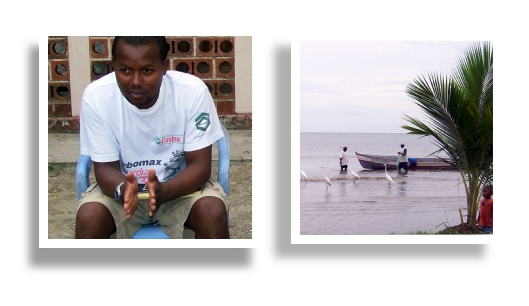
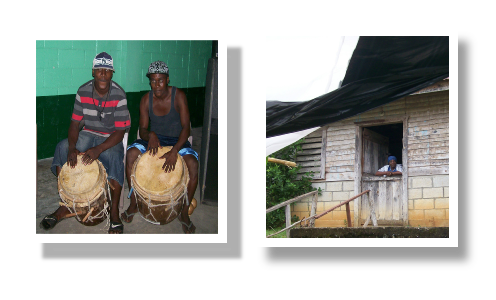
A mixture of cultures
The glorious legend of the ferocious Carib warriors killing the Arawak men and keeping the Arawak women and children to themselves has been a wondrous and fascinating account for many generations. This story is not novel, there have been creation myths of male-killing and women-keeping since the Bible days and has been repeated in the genesis of more than a few cultures. In addition, South American linguistic history has revealed other cultures in which women and men speak differently from one another. Normally when a group is conquering, they move into one direction and occupy the territory. However, the native peoples from South America moved up into the Caribbean as well as down along the South American coast. If they were conquering, surely they would have thought about the millions of Arawak Indians who would come down to retaliate. Finally, if the South American tribes were so dominating, why did they not retain their language?
The answer lies in recent linguistic research, which suggests that there was not a marauding Carib tribe from South America, but another migration of Arawak-speaking Indians. The Caribs were a dominant presence for trading in South America, which is why these Arawak migrants would have been bilingual in Arawak and Carib. Douglas Taylor believes that a full Carib language was not carried into the St. Vincent, Dominica, Guadeloupe, but rfather a reduced form of the Carib language called a ‘pidgin’ in linguistics. He (Taylor) further believes that the Carib language was but mere fragments in the Caribbean, unable to build the most basic sentence without the help of the Arawak language. The men – who were the traders with South America – kept the reduced language alive and taught it to their sons as they began to trade. In time, as trade slowed down, the Carib element of the language began to deteriorate. Taylor states that there are but a few remaining Carib words and only one affix.
In conclusion, the Kalípona language as spoken on St. Vincent (proto-Garífuna) was indeed one Arawak language spoken by the men and the women, this language also had many Carib words and affixes (suffix, prefix, infix). The men spoke a second “language”, when they were trading with South America; but this language was still the Arawak language with the use of even more Carib words and affixes. This pre-Garífuna language also had a handful of Spanish and a few hundred French words, as a result of early European contact.
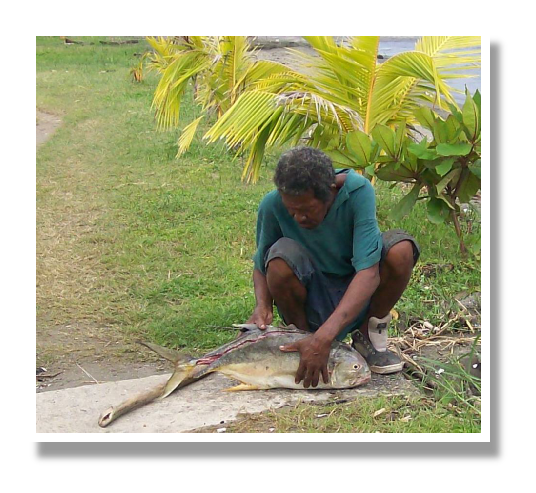
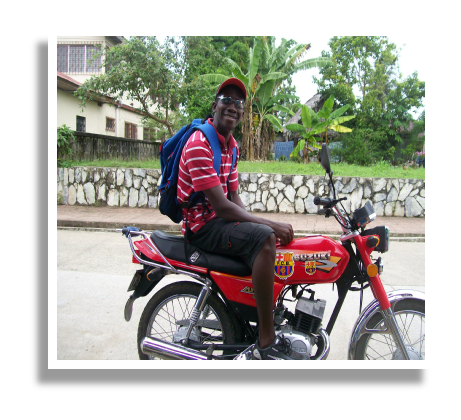

Español
Garífuna

Coming later!
